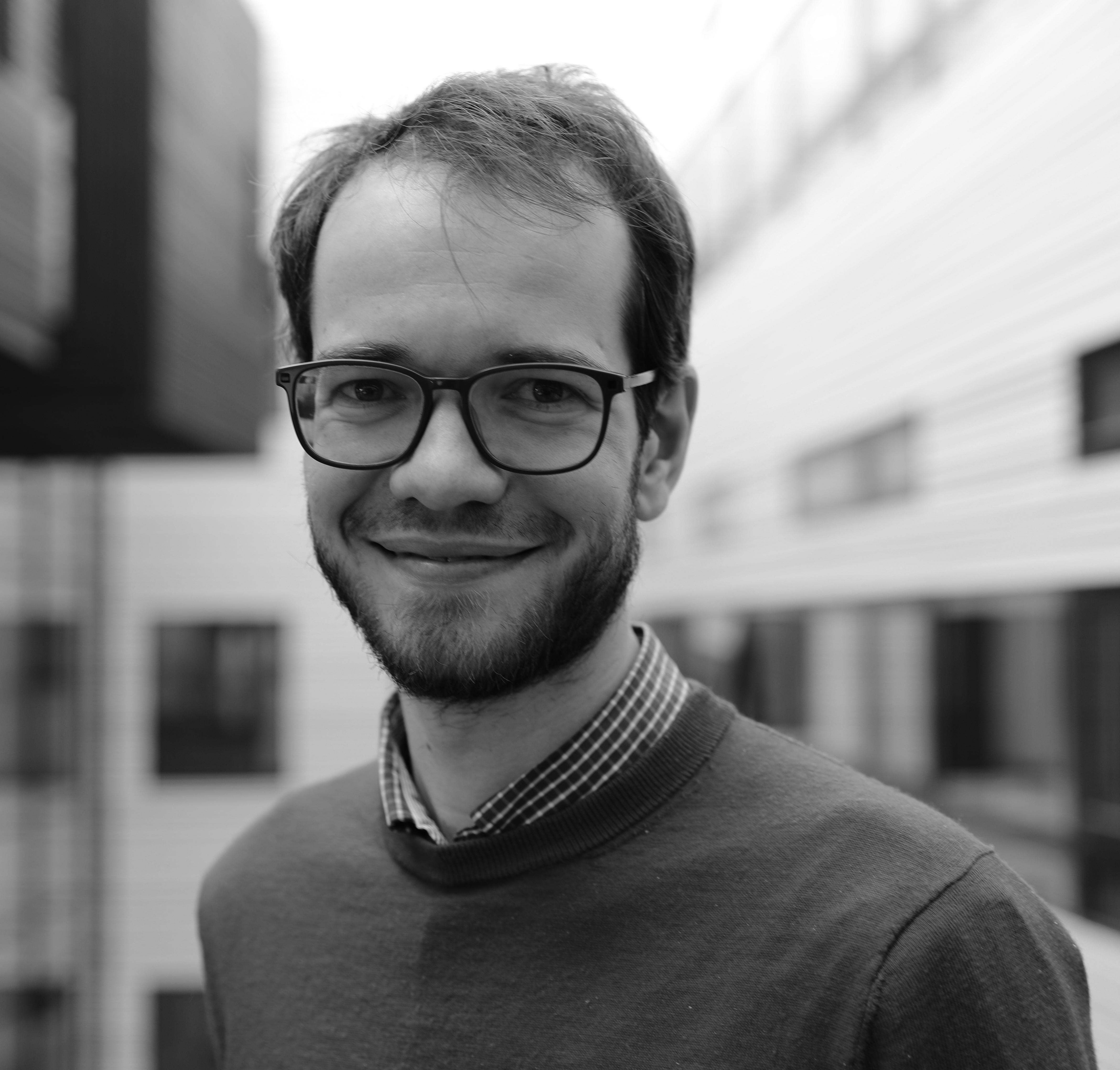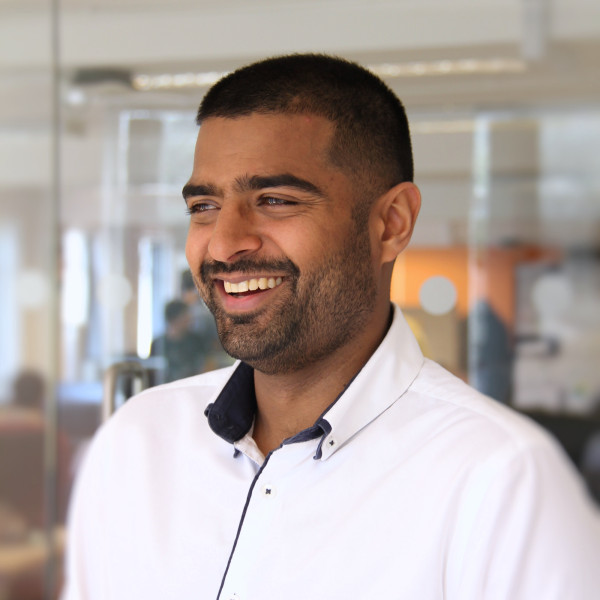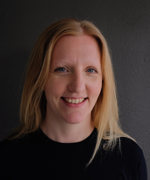The AI for Climate & Nature Project, an ai@cam-funded interdisciplinary research programme, recently hosted its first Community Day, bringing together researchers and practitioners from across disciplines to explore the growing role of artificial intelligence (AI) in addressing environmental challenges. The day provided a platform for knowledge exchange and collaboration, showcasing a broad range of applications where AI is being used to support climate science, biodiversity conservation, and sustainable development.
Marking the occasion, the day commenced with opening remarks from Professors Melissa Leach, Executive Director of the Cambridge Conservation Initiative, and Bill Sutherland, Director of Research at the Department of Zoology, setting the stage for a programme of talks and discussions. Reflecting on the opportunities and responsibilities presented by AI, Prof Sutherland noted: “It is fantastic to have so many of you here today. AI has the potential to transform so much of what we do, but with that comes a responsibility to think critically about how we introduce AI tools into our work. I’m looking forward to a day of thoughtful, challenging conversations about how we can harness these tools responsibly to drive progress in conservation science and climate action.”

The keynote address was delivered by Dr Amy Hinsley, Schmidt AI in Science Fellow at the University of Oxford, who examined the potential of AI to support conservation efforts through the lens of wildlife trafficking. Her presentation underscored the importance of ensuring that AI systems used in conservation are not only technically robust, but also equitable and explainable. Dr Hinsley reflected on the recent surge of interest in AI, cautioning that the surrounding hype should not come at the expense of meaningful impact. “There is a growing tendency to use AI as a buzzword to secure funding or attention, often without clear application to the real-world challenges at hand,” she observed. “The emphasis should be on how AI can genuinely support conservation goals, rather than using this technology for its own sake.”
Central to her talk was the concept of co-design - an approach that involves engaging end-users and stakeholders throughout the development lifecycle of AI tools. Dr Hinsley highlighted that AI tools must be aligned with the needs of conservation practitioners and are developed with careful consideration for the social and ecological contexts in which they will be applied. This collaborative approach spans the entire process: from articulating the issue and selecting the appropriate technical application, to determining the form and function of final outputs. “Working with end users is crucial to ensure that we are addressing the problem correctly and using the appropriate tools. There must be a clear understanding of conservation needs on-the-ground and that comes from speaking with stakeholders directly.”
Subsequent presentations showcased a range of innovative applications of AI across climate and conservation domains. Dr Emily Lines, from the Department of Geography, discussed the challenges of interpreting complex forest sensor data. Her team combines drone imagery and ground-based laser scans to develop AI methods that can identify individual trees and distinguish between foliage and woody material - key capabilities for effective forest monitoring.
Dr Robert Rouse, from the Institute of Computing for Climate Science, presented research integrating small neural networks and genetic algorithms into a project aimed at optimising land use, in collaboration with the RSPB. His work seeks to balance carbon reduction and biodiversity goals with the demands of food production.
Dr Sam Reynolds and Dr Sadiq Jaffer, from Conservation Evidence, demonstrated an AI system designed to streamline academic literature reviews in conservation. Benchmarking against two decades of manual reviews, their model rapidly identified papers relevant to a specified conservation topic which would have potentially taken up to 75 years without the use of AI.
Lighting talks were also a key feature of the day. Speakers included:
- Sebastian Schemm: Towards a foundation model for the climate system
- Alice Cicirello: Physics-Enhanced Machine Learning for Marine Cloud Brightening
- Simon Thomas: Finding the potential height of tropical cyclone storm surges in a changing climate using Bayesian optimization
- Niccolò Zanotti: FTorch: A library to couple PyTorch ML models with Fortran climate models
- Simon Driscoll: Emulating Melt Ponds on Arctic Sea Ice
- Emilio Luz-Ricca: Machine Learning for Predicting Species-Specific Responses to Hunting Pressure
- Orlando Timmerman: Changing climate, changing corals: predicting long-term reef suitability
- Ruari Marshall-Hawkes: Measuring detectability in AI-powered acoustic monitoring
- Hattie Branson: Applying AI for very-high resolution habitat detection in South Sudan
- Marta Koch: Assessing GenAi LLM usage for sustainable development policy agenda-setting
- Frank Feng: Barlow Twins Foundation Model for Earth Observation
The afternoon featured parallel discussion sessions exploring three key themes: the future direction of AI in climate and nature applications, building a Cambridge community around AI in climate and nature, and applying AI to real-world challenges. In the closing plenary, Prof Emily Shuckburgh, Director of Cambridge Zero, brought together reflections from the groups and emphasised the growing need for clear frameworks and guidance around the responsible development and use of AI.
“There is a real urgency within the climate and conservation communities to address the ethical and equity implications of AI before it becomes widely embedded,” Prof Shuckburgh noted. “Today has been invaluable in surfacing those discussions. There is strong enthusiasm for events like this, which create space for collaboration that doesn’t always emerge through digital channels alone. It’s been inspiring to hear about the breadth of research and impactful results - work that has the potential to energise the community and spark new, meaningful partnerships.”












